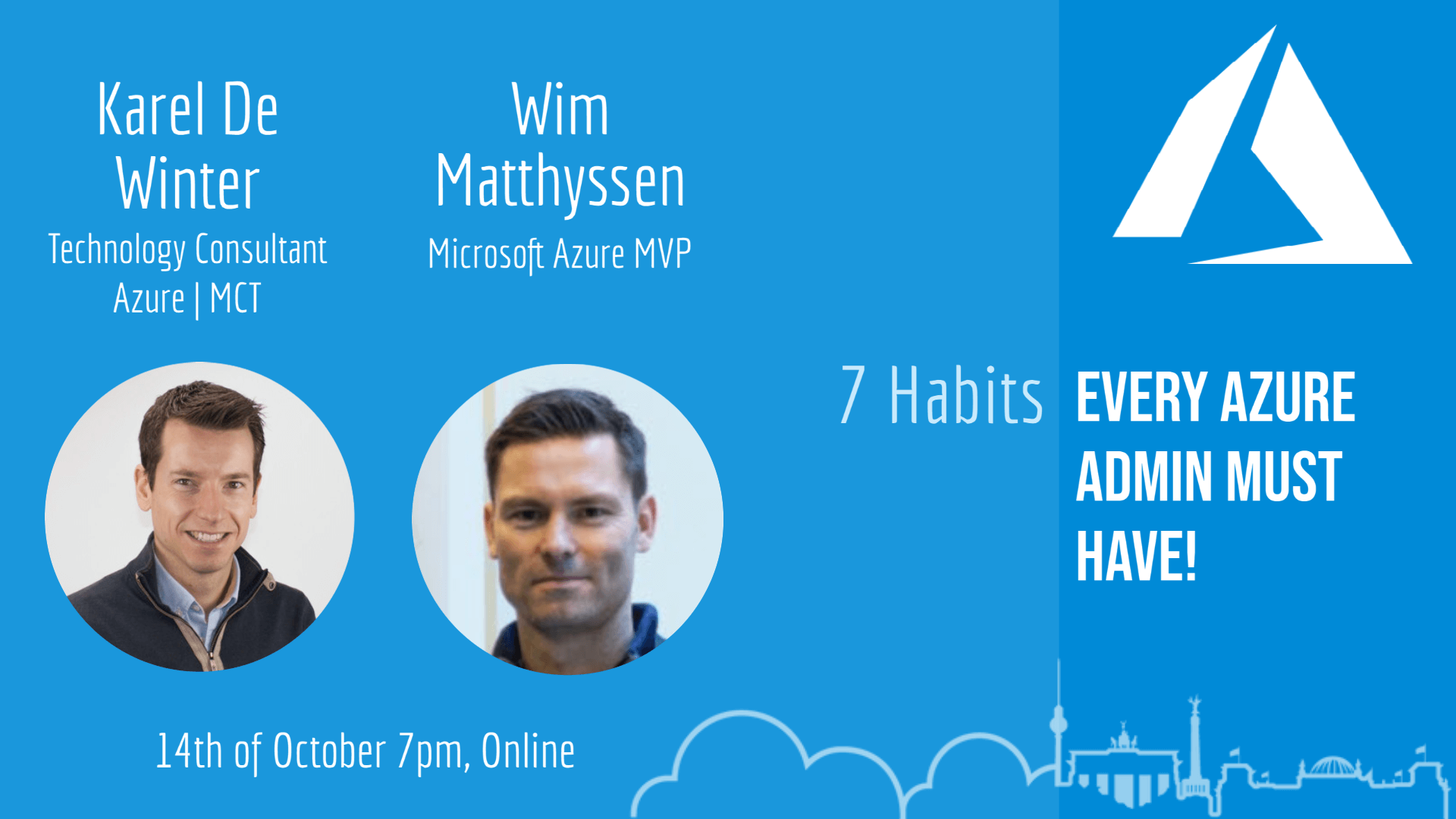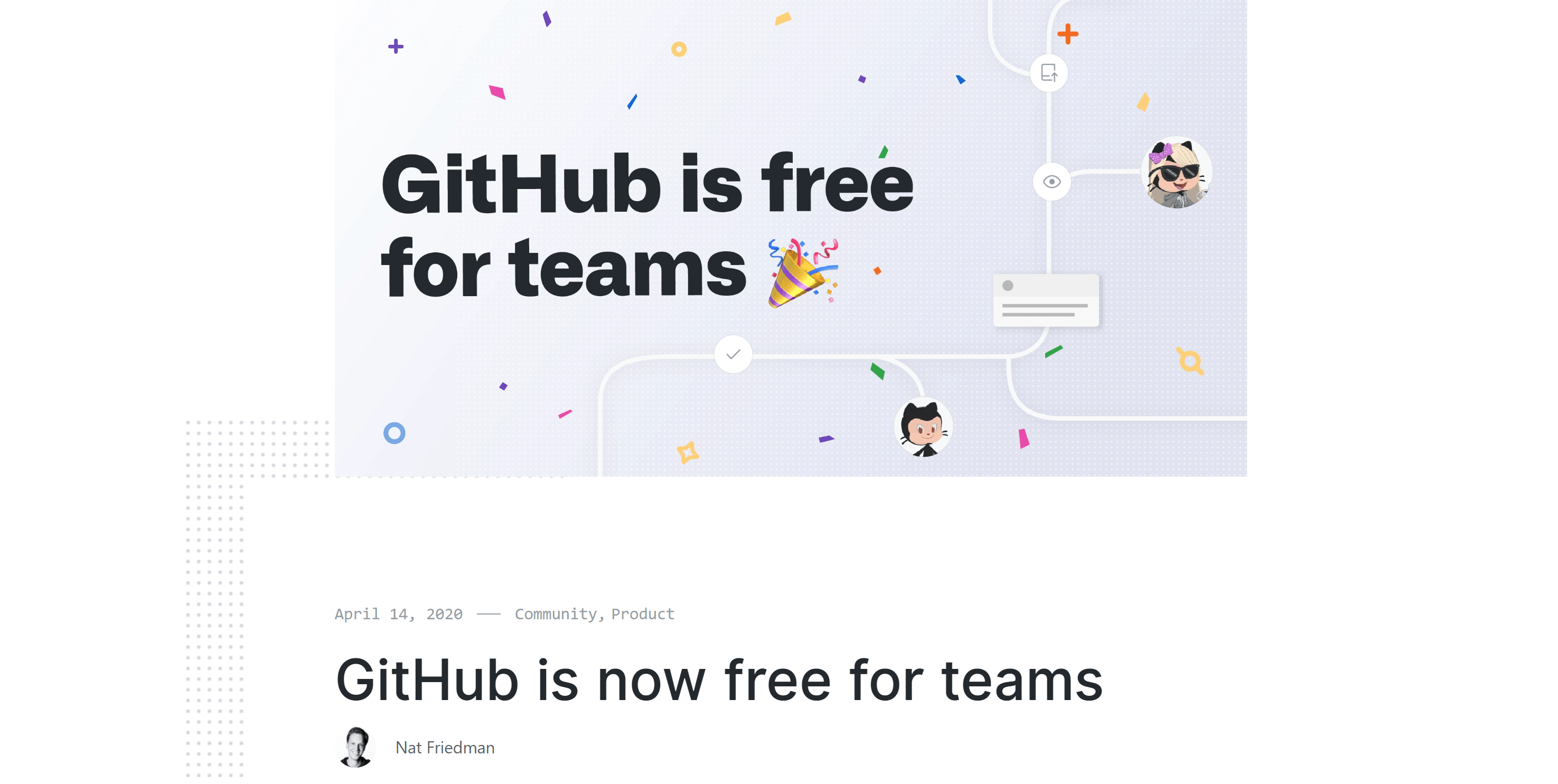Article Series: European SharePoint Conference 2017
So here it is. The middle of the conference and Day 3. Now it is too late to run away. So all in now. 😉 Anyway, the night after my second day was a bit short, so I chose to skip the keynote. Uuuhhhh, I hear them screaming: “How dare you!”. And I also had many interesting conversations with Speakers, Attendees and Companies during that day. Also on the last day (I will be also writing about). But I will write about that in another post.
So let’s get right into the few sessions I visited!
Deploying Real World Workloads to Azure
This here actually turned out to be a very interesting topic. Besides information I can’t fully remember, they talked about these main topics.
- The size of the data centers of Azure with Ireland as an example
- Costs of SLA and Azure generally
- Azure Stack
Azure Data Center Ireland
Microsoft’s data center in Ireland is very cost effective when it comes to power. Usually, a company has a Power Usage Effectiveness (PUE) of 2.0. This means companies pay e.g. 1000€ for power a month, then they also pay 1000€ for cooling this stuff. Of course, the costs are much higher, but it explains the problem.
Microsoft with other data centers around the world has a PUE of around 1.6. In Ireland, they started actually with 1.25 PUE and they only use the air outside in the environment to cool it. People thought that this is not possible. They still managed. Furthermore, they actually optimized that much, that they are at around 1.06 PUE. And they have around a million servers running there.
Costs in Azure and Save Them
The costs for Azure especially with SLAs can get very high, were 99.9% or 99.95% is often used, for Azure, it can go up to 99.9999%, which translates to a maximum of 31.5 seconds per year (!!). But you will probably go bankrupt paying for that. Here is a nice table, giving you an image of relative costs for the SLAs.
| Availability | Downtime per year | Downtime per month | Downtime per day | Costs |
|---|---|---|---|---|
| 90% | 36.5 days | 72 hrs | 2.4 hrs | $ |
| 99% | 3.65 days | 7.2 hrs | 14.4 mins | $$ |
| 99.9% | 8.76 hrs | 43.8 mins | 1.44 mins | $$$ |
| 99.95% | 4.38 hrs | 21.56 mins | 43.2 secs | $$$$ |
| 99.99% | 52.56 mins | 4.32 mins | 8.66 secs | $$$$$ |
| 99.999% | 5.26 mins | 25.9 secs | 864.3 ms | $$$$$$ |
| 99.9999% | 31.5 secs | 2.59 secs | 8.64 ms | $$$$$$$$$$ |
Azure Stack
In short. Azure Stack is a real habrid cloud solution. What is it exactly? Companies can have hardware somewhere sitting and host their VMs inside of where ever they want them to. But they are still able to benefit of everything that Azure has to offer. Meaning, imagine to use Azure Functions, Azure Dev Test Labs, ARM Templates and so on, but hosted on-premise.
Can you buy it anywhere? Usually, you would get Azure Stack via a Service Provider, which give you an Azure Stack optimized rack. Azure Stack is installed on it.
A colleague of mine made a joke about our security:
Azure is bad, Azure is unsafe, Azure is public
My answer to that was just
Even if these arguments were correct. Azure Stack is here and would kill those arguments actually instantly. But since these arguments are more dependent on the skills of the person using Azure… yes for their skills it is bad!
Just in short. Azure Stack eliminates any trust argument that you could have. But it is not cheap (I guess), but could make a lot of sense. Because you can create easy VMs, have it on-premise and don’t need to wait for the IT to create them for you.
There is an development version, where you can use your own Windows Server and try Azure Stack fro yourself (this is only for development).
https://azure.microsoft.com/en-us/overview/azure-stack/development-kit/
Blockchain: What’s all the Fuss about?
I am lazy and prefer to cite Wikipedia
is a continuously growing list of records, called blocks, which are linked and secured using cryptography. Each block typically contains a hash pointer as a link to a previous block, a timestamp and transaction data. By design, blockchains are inherently resistant to modification of the data. A blockchain can serve as “an open, distributed ledger that can record transactions between two parties efficiently and in a verifiable and permanent way.”
And redirect you to an official blockchain site
https://blockgeeks.com/guides/what-is-blockchain-technology
Generally, it allows you to build a trust, that the data is not immutable without recognizing it. that can build trust, which can enable much easier signing of contracts completely digitally. In the workshop, a SharePoint blockchain application was shown with a workflow. Very nice!
Deep Dive into Designing a SharePoint 2016 Physical Architecture
Mhh what should I say. I am not so much of a IT pro. I understoof many of the things he said but I am just not good enough to repeat any of the stuff he said. 🙂
I just remember, that he talked about the different min roles in SP 2016 and what are the best practices, when it comes to high availibity farms and also what you need to do if you want to have a supported best practices farm.
Advancing the SharePoint Developer Community (PnP)
Even though I know a lot about the PnP Community, it is always good to hear these speeches. Generally, the first part is always explaining the community and advertise it. Makes sense, because it is open source and for free! The most parts are Demos about SPFx Extensions and PnP PowerShell. There are no recordings, but I have found this presentation basically from the Ignite this year.




